Snapchat Planets: How the Friends Solar Systems work
Snapchat is probably the most popular social media app among Gen Zs. The app often makes new upgrades, with cool features to keep subscribers interested. Snapchat Planets is one of those features that is resonating among subscribers, particularly the young ones. You cannot only change the app’s icon, view who rewatched your story and mark specific friends as BFFs, but you can now assign a planet to a close friend.
To know more about how Snapchat Planets work, read this article.
Table of Content hide 1 What is Snapchat Planets? 2 Snapchat Planets order 2.1 Mercury 2.2 Venus 2.3 Earth 2.4 Mars 2.5 Jupiter 2.6 Saturn 2.7 Uranus 2.8 Neptune 3 How to use Snapchat PlanetsWhat is Snapchat Planets?
Snapchat Planets is a feature of Snapchat’s Plus subscription where a planet can be assigned to a friend based on how close you guys are on the platform. In the real solar system, eight planets revolve around the sun. In Snapchat Planets, this feature is called the Snapchat Friend Solar System in which you are the sun in the system. Only your top eight best friends can be assigned the eight planets.
In other words, Snapchat assigns you a planet based on how close you are to a user. Your closeness depends on how often you Snap and interact with each other. Meanwhile, Snapchat Planet is available to only Snapchat+ users. So, you will not be able to see the feature unless you are an active user.
Snapchat Planets order
Since you are the sun in the Snapchat Friend Solar System, eight friends, representing the eight planets will be assigned. Each is assigned based on how close you are to the Snapchat platform, determined by the most snaps and chats you share with each friend.
ALSO READ: Chatgot: AI chat assistant revolutionising online conversation
Below is a more detailed explanation of how the Snapchat Planets order works:
Mercury
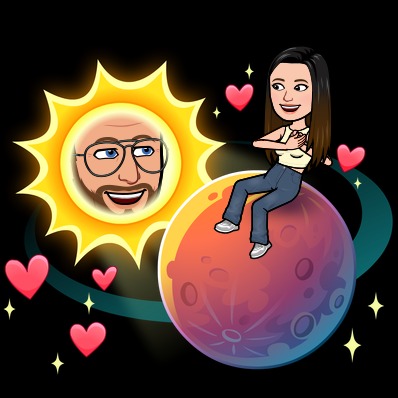
In the real solar system, mercury is the first planet. The same applies to the Snapchat Friend Solar System and it represents your closest friend on the platform. Snapchat assigns this planet to a friend you snap and chat with a lot. Mercury is presented as a red planet with five red hearts around it.
Venus
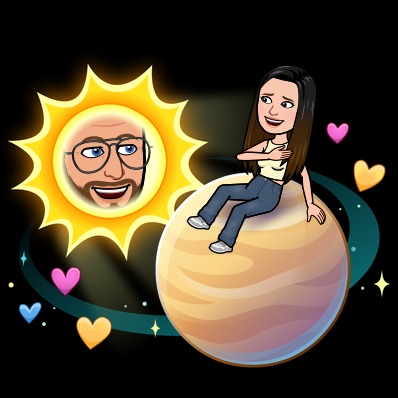
Venus is the second planet in the solar system, which means it is assigned to your second closest friend on the Snapchat Planets platform. It is presented as a light brown-coloured planet, with yellow, pink, and blue hearts revolving around it. Your friend can be upgraded to mercury if you engage with them more frequently.
Earth
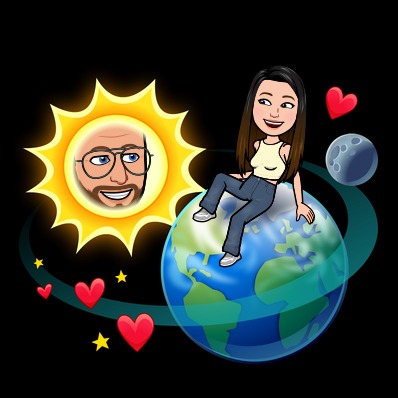
Earth represents your third best friend on Snapchat. The planet is presented with the usual colour, plus a moon, stars, and red hearts around it.
Mars
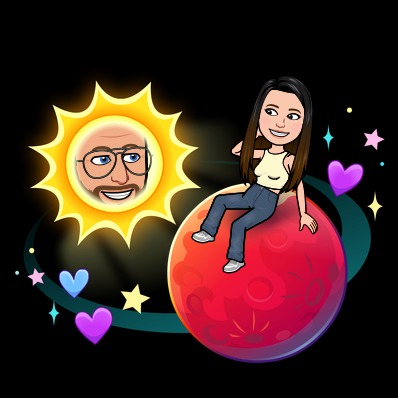
Mars is the fourth planet in the real solar system and, therefore, the fourth planet representing your fourth closest friend on the Snapchat Friend Solar System. Mars is presented as a red planet with stars and purple and blue hearts around their friendmoji.
ALSO READ: 10 reasons you should update your apps
Jupiter
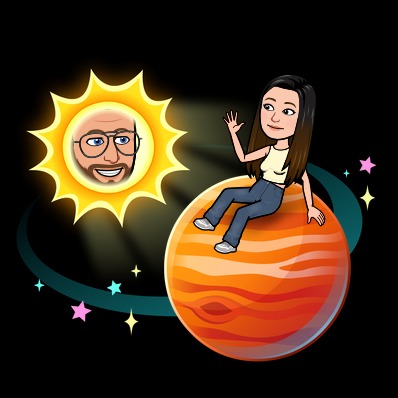
Jupiter is your fifth best friend on the Snapchat Friend Solar System. It is presented as a reddish-orange planet with dark orange strips and stars revolving around it.
Saturn
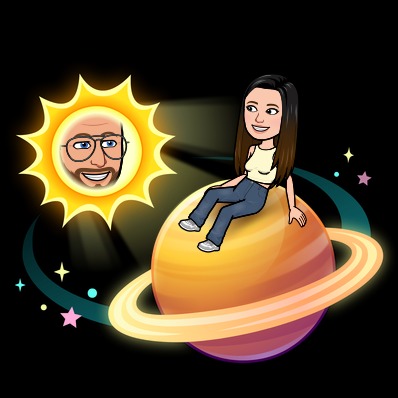
Saturn is assigned to your sixth best friend on Snapchat. It is presented as an orange planet with a ring and stars.
Uranus
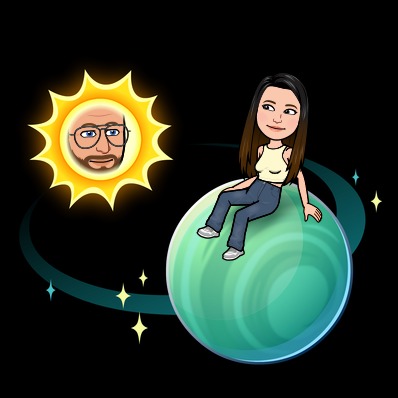
Uranus represents your seventh closest friend on Snapchat and is presented as a green planet with no hearts.
Neptune
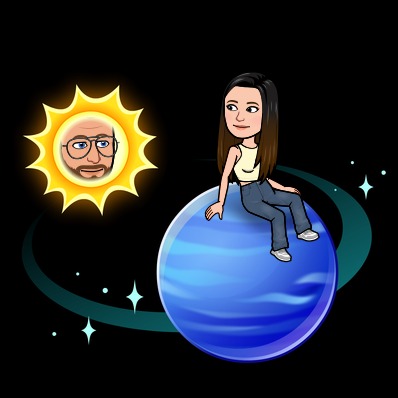
Neptune is the eighth and last of the planets on the Snapchat Friends Solar System. It is presented as a blue globe with three stars and no hearts. It should interest you to know that there is no life and love in the real Neptune. So, you do not want to be assigned this planet.
How to use Snapchat Planets
Checking your position in a friend’s Solar System is pretty simple. First, visit their profile and the Best Friends or Friends badge underneath their name. If you see Best Friends, it means you are each other’s top 8 friends. But if you see Friends, then it means you are in their top 8 friends but they are not in yours.
Simply tap on the badge to know which planet you are in their Solar System.
ALSO READ: 7 ways technology reshapes urban living
ncG1vNJzZmivp6x7tLfAm5isoF6YvK570qeYqZuYlsFuvMuapZ6so2Q%3D